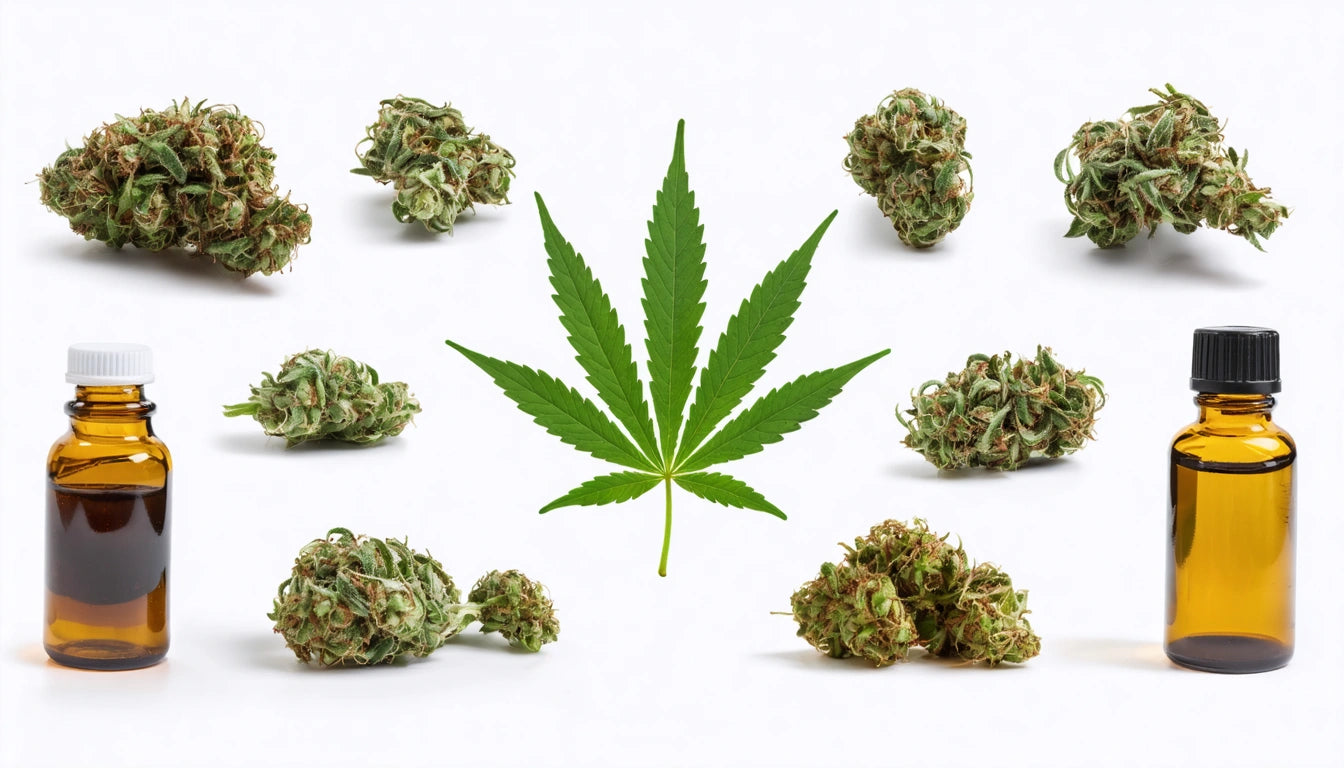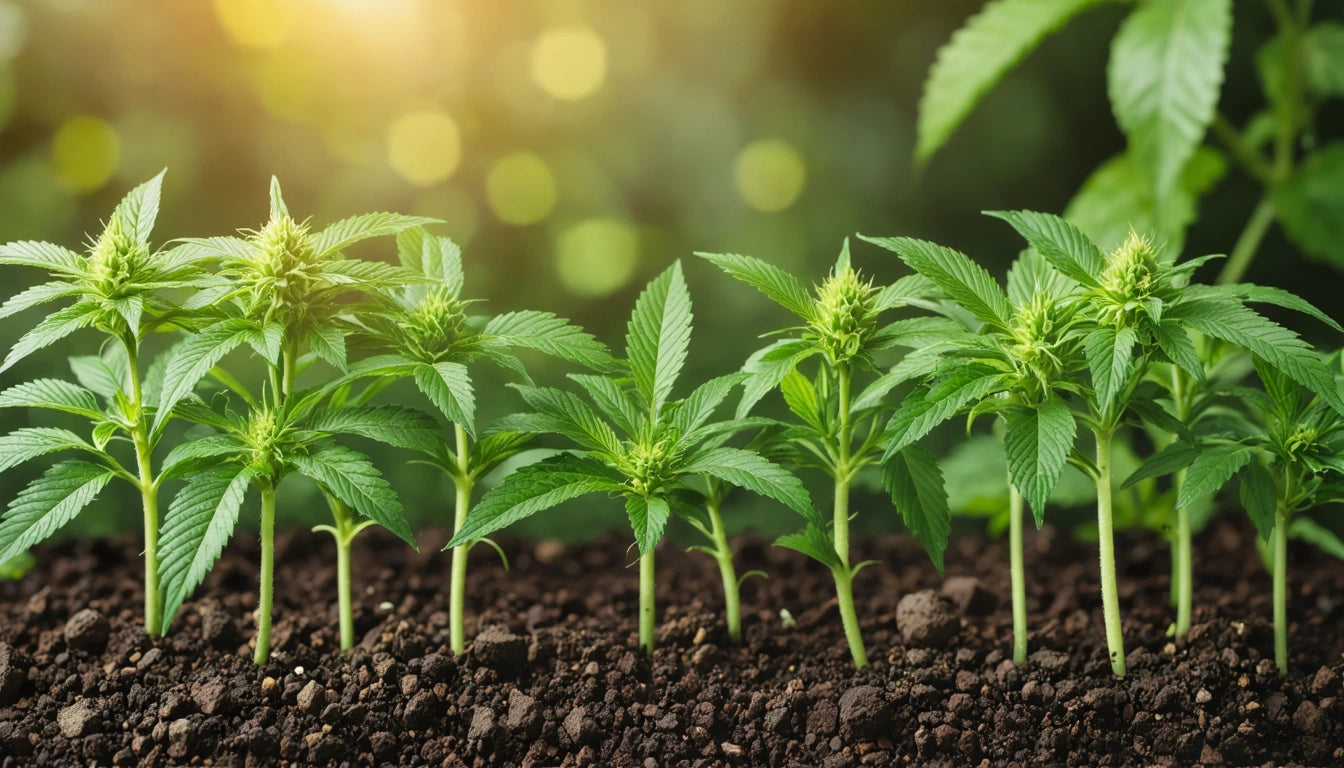- Understanding Cannabis Classifications: Beyond Indica and Sativa
- Sativa or Indica for Anxiety: Finding the Right Balance
- Cannabis for Seizure Management: Indica vs. Sativa Considerations
- Hallucinations and Cannabis: Risk Factors and Strain Selection
- Personalized Approach to Medicinal Cannabis: Beyond Strain Types
Choosing Between Sativa and Indica: The Best Strains for Anxiety, Seizures, and Hallucinations
The debate between sativa or indica for anxiety, seizures, and other neurological conditions continues to evolve as research deepens our understanding of cannabis. While traditional wisdom has long categorized cannabis effects along the sativa-indica spectrum, modern science suggests a more nuanced approach based on cannabinoid profiles and terpene content rather than strain classification alone.
Understanding Cannabis Classifications: Beyond Indica and Sativa
The cannabis plant has traditionally been categorized into three primary types: Cannabis sativa, Cannabis indica, and hybrid varieties. Historically, sativa strains were associated with energizing, cerebral effects, while indica strains were linked to relaxation and sedation. However, this classification system has limitations.
According to research on sativa and indica differences, the effects experienced from cannabis consumption are more accurately attributed to:
- Cannabinoid content (THC, CBD, CBN, etc.)
- Terpene profiles (myrcene, limonene, pinene, etc.)
- Individual body chemistry and tolerance
- Consumption method and dosage
When considering cannabis for specific conditions like anxiety or seizures, focusing on these factors rather than simply choosing between sativa or indica provides a more targeted approach.
Sativa or Indica for Anxiety: Finding the Right Balance
The question of whether sativa or indica is better for anxiety doesn't have a one-size-fits-all answer. For some individuals, certain sativa strains may increase anxiety due to higher THC content and stimulating effects, while others find relief through the mood-elevating properties of specific sativa varieties.
As highlighted in this guide on cannabis for anxiety and mood disorders, CBD-dominant strains or balanced THC:CBD ratios often provide anxiety relief without overwhelming psychoactive effects. When preparing these therapeutic strains, many users find that quality grinding equipment ensures consistent dosing and optimal cannabinoid extraction, which is particularly important for medical users.
Best Sativa Strains for Anxiety
When exploring the best sativa for anxiety, consider these potentially beneficial options:
- Jack Herer: Known for clear-headed effects with minimal paranoia
- Harlequin: A high-CBD sativa that typically produces relaxation without sedation
- Cannatonic: A balanced hybrid with sativa effects and high CBD content
- ACDC: Extremely high CBD:THC ratio (often 20:1) with minimal psychoactive effects
The best sativa strain for anxiety will vary by individual, but strains with moderate THC levels and significant CBD content typically offer anxiety relief without triggering paranoia.
Indica Options for Anxiety
Many anxiety sufferers find relief with indica-dominant strains, particularly for evening use or acute anxiety episodes. Popular options include:
- Granddaddy Purple: Provides physical relaxation and mental calmness
- Northern Lights: Known for its sedative properties without overwhelming cerebral effects
- Blueberry: Often recommended for anxiety with insomnia
Cannabis for Seizure Management: Indica vs. Sativa Considerations
The question of indica or sativa for seizures has been significantly informed by research into CBD's anticonvulsant properties. The FDA-approved medication Epidiolex, derived from CBD, demonstrates cannabis compounds' potential in seizure management.
When considering cannabis for seizure control, understanding sativa effects versus indica properties becomes secondary to cannabinoid content. High-CBD strains are typically preferred regardless of their sativa or indica classification.
Key considerations for seizure management include:
- CBD-dominant strains with minimal THC
- Consistent dosing protocols
- Consultation with healthcare providers
- Potential drug interactions with existing medications
Hallucinations and Cannabis: Risk Factors and Strain Selection
The relationship between cannabis and hallucinations is complex. While cannabis is not typically classified as a hallucinogen, high-THC strains can induce paranoia and perceptual distortions in sensitive individuals. When considering sativa or indica for hallucinations, it's important to note that neither classification is intended to produce hallucinogenic effects.
For individuals with conditions that include hallucinations or psychosis:
- High-THC strains (particularly potent sativas) may exacerbate symptoms
- CBD-dominant strains may offer benefits without psychoactive risks
- Strains with balanced ratios might provide therapeutic effects with minimal risk
As explained in this comparison of indica vs. sativa potency, THC content rather than strain type is the primary factor in determining psychoactive intensity.
Personalized Approach to Medicinal Cannabis: Beyond Strain Types
Moving beyond the simple question of sativa or indica for specific conditions, a more effective approach involves:
- Cannabinoid Profiling: Understanding the exact THC, CBD, CBG, and other cannabinoid levels in potential strains
- Terpene Consideration: Researching which terpenes may benefit specific conditions
- Start Low, Go Slow: Beginning with minimal doses and gradually increasing as needed
- Tracking Effects: Maintaining a journal of strains, doses, and effects to identify patterns
- Professional Guidance: Working with knowledgeable healthcare providers when possible
As the cannabis industry evolves, strain selection increasingly focuses on specific cannabinoid and terpene profiles rather than broad indica/sativa categories. This precision approach offers more reliable outcomes for those seeking relief from anxiety, seizures, and other neurological conditions.
By understanding your specific needs and researching beyond simple strain classifications, you can make more informed decisions about which cannabis varieties might best address your health concerns while minimizing unwanted side effects.











Leave a comment
All comments are moderated before being published.
This site is protected by hCaptcha and the hCaptcha Privacy Policy and Terms of Service apply.